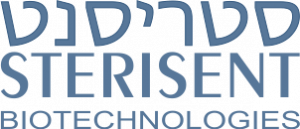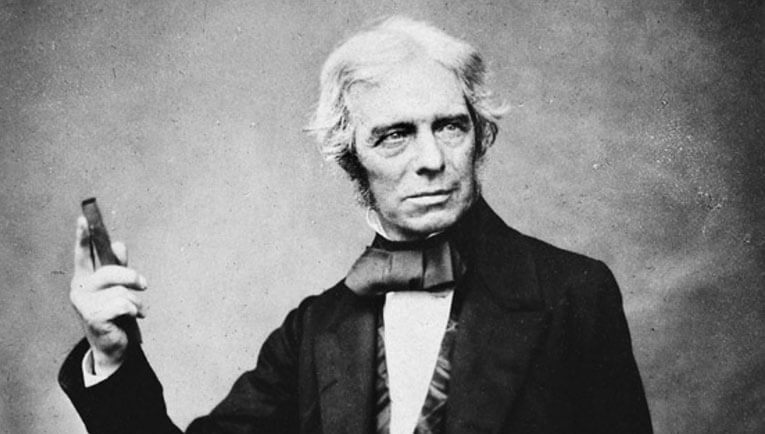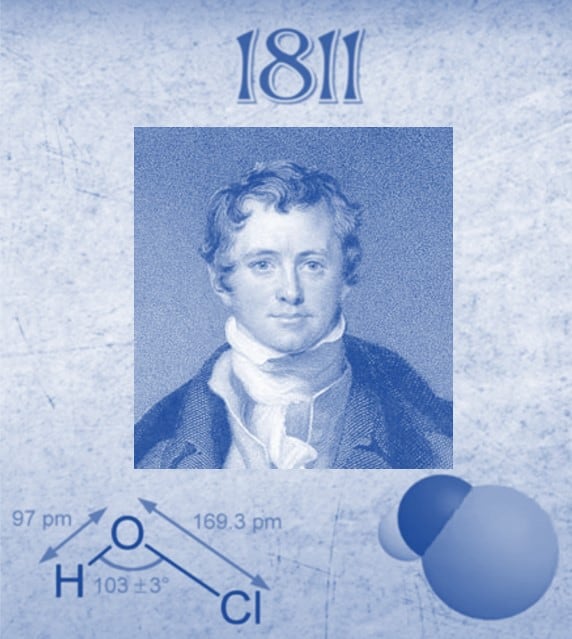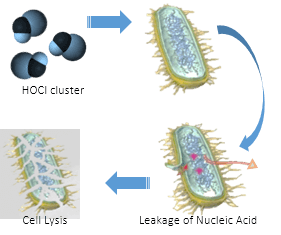

“Nothing is too wonderful to be true if it be consistent with the laws of nature”


Sir Humphry Davy (1778-1829 invented electrochemistry and
discovered the elemental nature of compounds
Electrolysis is a well-known technology but the generated solution can be of the electrolyzer systems.
1834 – Michael Faraday published his two laws of electrolysis, provided a mathematical explanation for them, and introduced terminology such as electrode, electrolyte, anode, cathode, anion, and cation.

Acidity is a function of the concentration of hydrogen ions [H+] and is measured as pH. Environments with pH values below 7.0 are considered acidic, whereas those with pH values above 7.0 are considered basic. Extreme pH affects the structure of all macromolecules.The component most sensitive to pH in the cell is its workhorse, the protein. Moderate changes in pH modify the ionization of amino-acid functional groups and disrupt hydrogen bonding, which, in turn, promotes changes in the folding of the molecule, promoting denaturation and destroying activity.Most harmful pathogens thrive in a near nutral environment between 6-7 and are eradicated in acidic pH yet the lower the pH the higher the ORP (Oxidation Reduction Potential). ORP (measured in mV) is the dominant factor that does not enable the pathogens to develop resistance and multiply.Sterisent’s ability to control and maintain exact pH and ORP levels, has a major significance on the efficacy of its generated HOCl as a disinfectant. For decades Chlorine has been used as the preferred disinfectant yet its toxicity and odor repelled both patients and care providers. HOCl is the most potent of chlorine compounds regarding bacterial attack, has no toxic effects on humans, animals and the environment and the majority of users do not detect any odor.

HOCl interacts with the molecule group altering cell’s osmotic equilibrium. Water clusters are usually comprised of 15 molecules. Sterisnt's propitiatory electrolytic reactor breaks down the water clusters to 3-5 units allowing them ease of penetrating a cell's membrane. The high ORP kicks into action with a super oxidizing factor, disrupting the nucleus DNA and RNA and their capability of reproduction.
“Sterisent might not save the world
but it can help save someone you love”
Oded Kain. CEO
